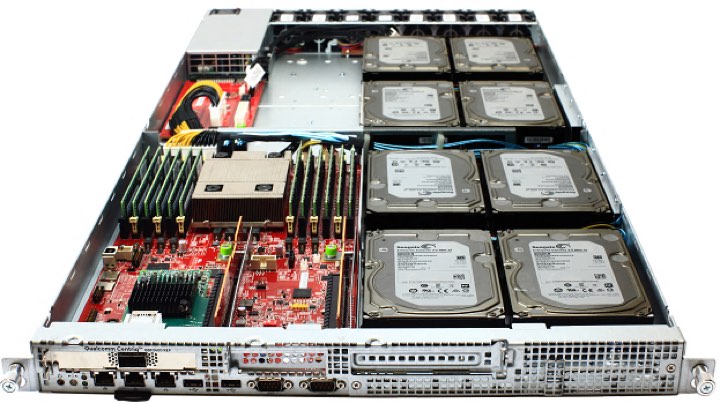The tech giant Microsoft has sought in the recent past to find alternatives to partners it has worked with. Hence, the tech giant Microsoft’s Windows Server OS will soon run on ARM chips, with the help from Qualcomm.
Microsoft To Unveil Version Of Windows Server Running On ARM Chips
Microsoft has sought in the recent past to find alternatives to partners it has worked with. The most important of this news is the proximity that now has with Qualcomm to bring Windows 10 to the ARM processors.
However, this reality of Microsoft may soon be extended with the arrival of Windows Server to this architecture, thus creating a specific proposal for data centers.
The partnership that Microsoft has with Qualcomm will soon bring news to the field of PCs and hybrid equipment. The arrival of the ARM version of Windows 10 is expected soon, prepared to run on the new Snapdragon 835 processors.
However, Microsoft and Qualcomm are going even further, and the two companies have announced that they are developing the Qualcomm Centriq 2400 platform, which includes ARM processors, but now to run a particular version of Windows Server.
According to Microsoft, this version of Windows Server has been in development for some years now and is already being used within the company’s data centers, linked to its Azure service. It is not expected that this version will be made public and that third parties may use it.

These systems developed by Qualcomm are based on Microsoft’s Olympus project, its open source server design. In addition to Qualcomm, Cavium also designed and created motherboards for this project, always using the ARM processors as a processing base.
For Microsoft, the use of ARM-based platforms makes sense in certain functions, namely in search and indexing features, storage, databases, big data, and machine learning.
After pulling Windows 10 itself, it looks like ARM processors will continue to have a presence in Microsoft products, now associated with data centers and Windows Server, in a field that until recently was unique to Intel. Microsoft has changed, and these changes are back in sight.